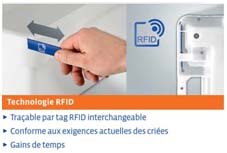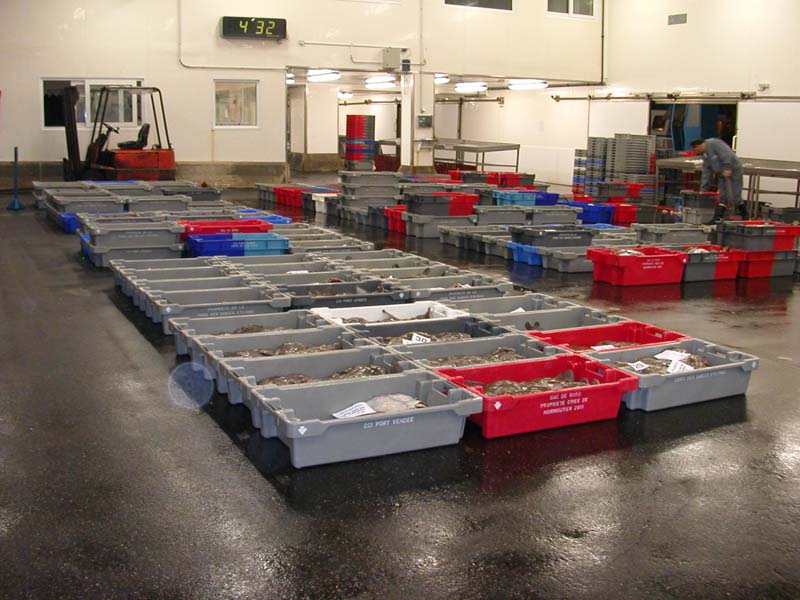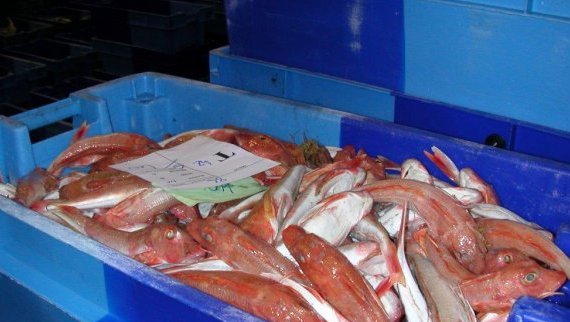One of the multiple objectives of the Common Fishing Policy is to ensure the proper traceability and control of fishing produce, from beginning to end in the chain of supply.
One of the means of guaranteeing respect of this commitment consists in tracing crates at the fish market as well as on board (for the ships which use them).
In order to trace the crates from the moment they are loaded, empty, aboard to their being unloaded at the fish market for sale then transfer to the wholesale fish merchant, the electronic tag or RFID (Radio Frequency Identification Device) remains the most economical and reliable method.
The use of RFID tags at the fish market dates back to over ten years ago, with varying success according to technologies. With the advent of the new UHF tags (reading distance of more than ten metres), the profession initially went wild about them before soon becoming disillusioned, the UHF tags proving to be both ill suited to a watery environment and relatively expensive.
The years have passed and technologies develop with a better reading capacity going alongside markedly more affordable prices.
Today, crate manufacturers integrate, for the most part, UHF tags into the design of their crates, which now have special niches already in the moulding stage.
 |
As proved by the German manufacturers, CRAEMER, who even offer interchangeable tags. |
OUR APPROACH IS SOMEWHAT DIFFERENT.
Our functional approach is slightly different, than certain box manufacturer:
Without modifying box mold, we initiated to glue definitively tow tags in most protected surface of the box, mostly in upper border. Box life timeis usually from 3 to 5 years, i.e. more than 100 of washing cycles, (depending of manufacturers) is totally compliant with RFID tag life time, estimated more than 5/6 years. Hence its unit cost (less than 1€/each) is quite affordable.
From a Traceability point of view, we did consider starting point of cycle is washing process. Box is clean, virus free and dry (dryness is important for a permanent grip of the tag). Presence of tags had been checked (either visually or electronically under an RFID reader).
Despite large diversity of boxes size, capacity and color, we took for granted, RFID tags have to be located, either inside or outside the box and may remain passive to avoid tremendous costs.
Nevertheless, few manufacturers are considering rugged hard tags rather than flexible ones. Beyond obvious resistance and longer life time, this kind of tag may allow to be inserted in a specific notch to be replace later if necessary. This new pattern is strongly considered though it involves mold modification which may have a significant cost.
Ships not weighing in the course of the expedition weigh the crate with ice and disembark, before allotting ready for sale.

Once the sale is over with change of owner (fisherman wholesale fish merchant), the contents of the crates are spewed out and the wholesaler makes up his sales lots (polystyrene crates) to sell to fishmongers and supermarkets. It is at this precise stage that the breaking off of traceability is difficult to handle.
At each stage mentioned above a tag-reader is needed, either fixed (as with a portico) or mobile (such as a pistol-reader or, today, a smartphone).

